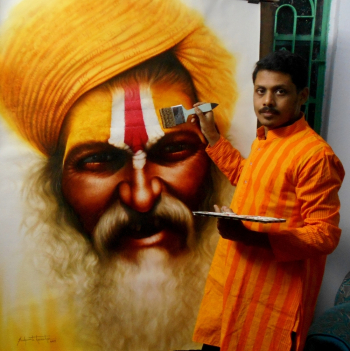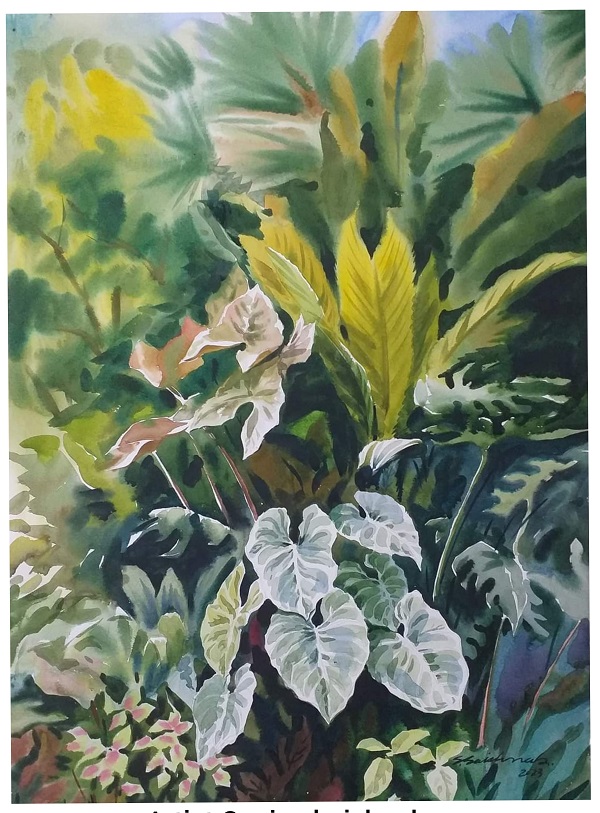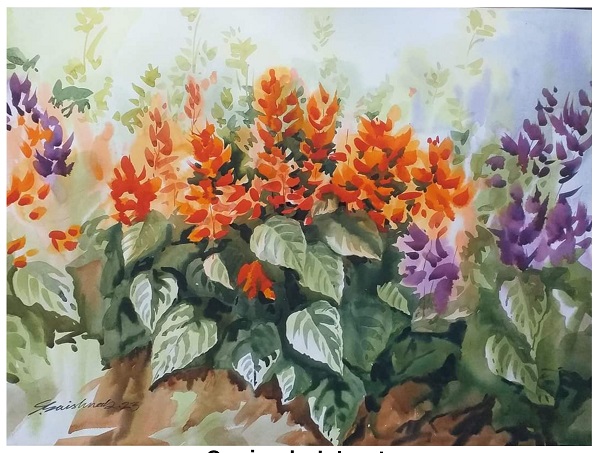
Have you ever sat and watched a watercolor artist paint, your eyes glued on the piece of paper as the washes brighten up? It is this characteristic of watercolors in which the colors can blur and mix with other colors in ways that cannot easily be predicted that makes watercolor painting appealing, yet daunting. But this unpredictability is what makes the watercolor painting to be charming in a way that is hard to explain.
That being said, in this specific post, I wanted to provide an extensive overview of watercolor and share with you some tips and tricks that can help anybody who wants to get started with this fascinating technique. All the basic tips about watercolor paint and brush usage to mastering the art of controlling water or just letting it take over. This guide is perfect for those who want to learn more about watercolor painting from beginners to professionals. This guide can help you maximize the potential of watercolor painting.
Understanding Watercolor Painting
Watercolor painting is a technique of painting with pigments that have water as their solvent and that are used on paper. It is translucent and flows well which enables it to combine and overlay in a certain way. Actually, watercolor paintings are easily recognizable as their painted element is floated on the water, which pulls the pigment, creating thin paintings.
The art of watercolor paintings can be traced back to many generations ago. It originated from illuminated manuscripts and became widespread during the renaissance. The artists have been able to practice and develop the different aspects of watercolor at different points in time.
Materials
Essential materials for watercolor painting include:
-
Quality watercolor paints (e.g., Winsor & Newton Cotman Watercolors)
-
Brushes of various sizes and shapes
-
Watercolor paper (at least 140 lb or 300 gms weight)
-
Masking fluid
-
Other tools for creating different effects, such as palette knives or cardboard
Techniques and Methods
Wet-On-Wet
The wet-on-wet technique involves applying wet paint to a wet surface, allowing colors to blend seamlessly. This technique creates soft edges and can produce beautiful, flowing effects.
Dry Brush
The dry brush technique uses minimal water on the brush to create texture and detail in watercolor paintings. It is ideal for adding fine lines, details, and texture to a painting.
Washes
Different types of washes, such as flat washes, graded washes, and variegated washes, are fundamental techniques in watercolor painting. Washes are used to cover large areas, create backgrounds, and build up layers of color.
Resist Techniques
Resist techniques involve using masking fluid, wax, or salt to create unique effects in watercolor paintings. These techniques allow artists to preserve areas of the paper and create interesting textures and patterns.
Embracing Imperfection: Happy Accidents in Watercolor
Happy accidents refer to unplanned outcomes or mistakes that lead to unexpected beauty in watercolor paintings. Embracing these accidents can add spontaneity and character to artworks.
It is a common trend with famous watercolor paintings that they necessarily contain touches of serendipity and beautiful accident. There could be that, the artists may choose to make those unplanned effects to be part of the whole artwork.
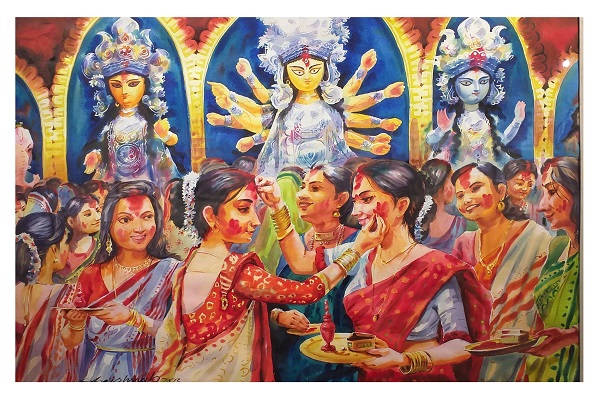
Artist Perspectives
Watercolor paintings are well-loved because artists get to have fun with the uncertainty and the surprises that one gets to experience in the whole process of painting. It is possible to achieve numerous interesting and unexpected outcomes when working with freeform geometry.
Masterful Technique: The aim of this learning unit is to learn how to paint with precision and skill in watercolor.
Precision in Detail
Technique in watercolor painting is the focus, control of the brush and water, and the correct manner of handling the pigments. Wet on dry is one of the basic techniques that the user can use to get better transition, clear lines, sharp edges, and better control over the brush.
Layering
Layering multiple washes is a technique used to build depth and complexity in watercolor paintings. Applying several layers of watercolors develops the depth and intensity of the painting.
Negative Painting
Negative painting involves painting around the subject to define its shape and form. This technique allows artists to create detailed backgrounds and highlight the main subject of the painting.
Controlled Splattering
Controlled splattering techniques can add dynamic texture and interest to watercolor compositions. Artists use tools like toothbrushes or paint brushes to create intentional splatters and drips of paint.
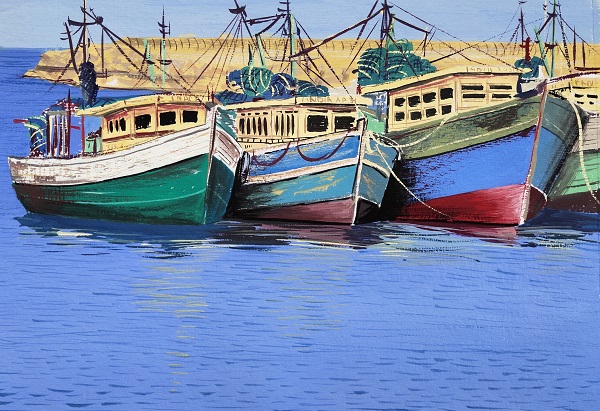
Finding Balance: Combining Technique and Spontaneity
Artist's Approach
The aesthetic of watercolor paintings exists in the tension between the standard techniques and formulas that define it as a medium, and the spontaneity and exploration of form that characterizes artistic expression. They employ specific procedures to attain your intended goals even as they do not shy away from the accidental in the medium.
Personal Style
Skill and creativity are the core components that artists use in creating their kind of art that they desire. Certain artists are inclined to plan their composition down to the tiniest detail, while there are other artists who incorporate chance occurrences into their works by using watercolors.
Learning to Let Go
It is understandable that when one is trying to achieve perfection, watercolor paintings can be quite frustrating at times because of its irregularity, but this is where aspiring watercolor artists should learn to let go and enjoy the process and should not be afraid to mess up because messing up is actually fun!
Conclusion
Watercolor painting is a fascinating art form where there is both planned work and lightning-strike in the painting. It does this by breaking down the tools used and techniques employed in watercolor painting as well as establishing the measures that define the mediums’ level of control.
That is why I want my readers to try watercolor painting, be more experimental, and appreciate the undertones of the messy work. Learn more about watercolor in this article and do not forget to share your favorite techniques or artworks in the comments section below so you can be part of this wonderful and active watercolor community.
















